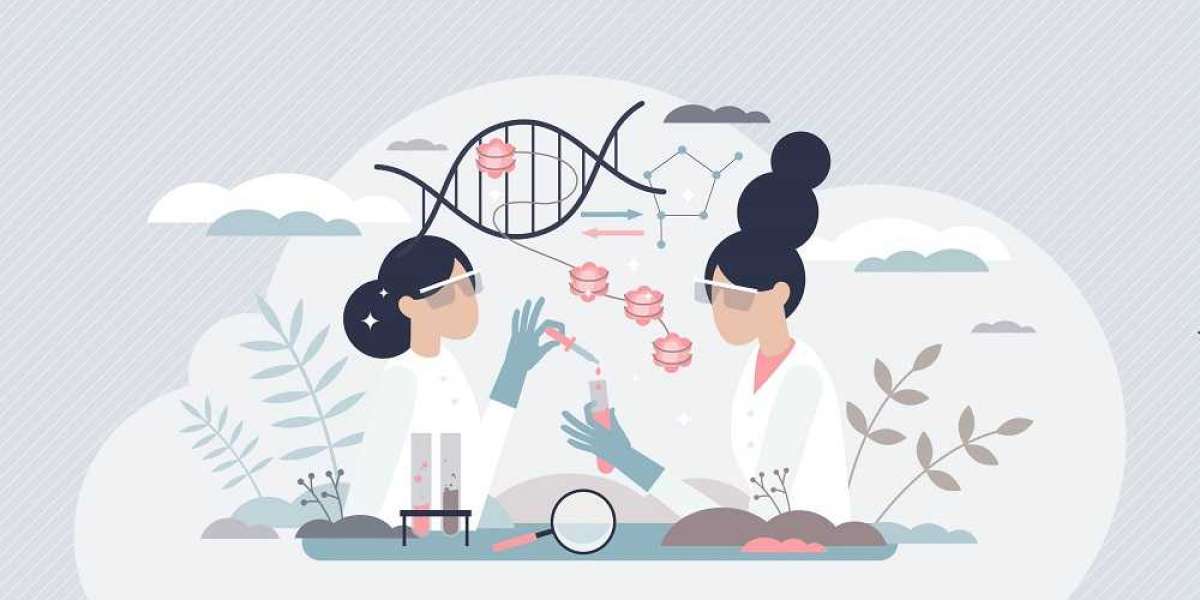Pain is a universal experience, yet it remains one of the most complex and misunderstood phenomena in human health. It can vary widely in its intensity, duration, and underlying causes. Understanding the different types of pain—particularly the distinction between acute and chronic pain—is crucial for effective management and treatment. This article delves into these two categories of pain, their characteristics, causes, and the implications for treatment.
What is Acute Pain?
Definition and Characteristics
Acute pain is a direct response to a specific injury or illness. It serves as a protective mechanism, alerting individuals to potential harm. Typically, acute chronic pain has a sudden onset and a defined duration, often lasting less than three months. It is usually associated with identifiable physical conditions such as surgery, injury, or an acute medical illness.
Causes of Acute Pain
Acute pain can arise from a variety of sources, including:
Injuries: Cuts, fractures, and sprains often lead to immediate pain.
Surgical Procedures: Post-operative pain is common as the body heals.
Illness: Conditions such as appendicitis or pancreatitis can trigger acute pain.
The Body’s Response
When experiencing acute pain, the body engages a series of physiological responses. Pain signals travel from the site of injury through the nervous system to the brain, where they are interpreted. This process often triggers a stress response, leading to increased heart rate and muscle tension as the body prepares to react.
The Transition to Chronic Pain
What is Chronic Pain?
Chronic pain, by contrast, persists beyond the expected period of healing—generally lasting longer than three months. It can arise from an initial injury or condition, but in many cases, it persists without any clear cause. Chronic pain is often associated with conditions such as arthritis, fibromyalgia, or neuropathy.
Characteristics of Chronic Pain
Chronic pain can be more complex than acute pain. It may not always correspond with physical findings, making it challenging to diagnose and treat. The pain can be constant or intermittent and may vary in intensity.
Causes of Chronic Pain
Chronic pain can stem from various factors, including:
Conditions like osteoarthritis, rheumatoid arthritis, and other degenerative diseases.
Nerve Damage: Conditions like diabetic neuropathy can lead to chronic pain.
Stress, anxiety, and depression can exacerbate chronic pain.
The Role of the Nervous System
Chronic pain can be influenced by changes in the nervous system. For example, in some cases, the nervous system may become sensitized, leading to heightened pain responses. This phenomenon can occur even in the absence of a physical cause, complicating treatment options.
The Psychological Dimension of Pain
Emotional Impact
Both acute and chronic pain can have significant emotional and psychological effects. Acute pain may lead to temporary stress and anxiety, while chronic pain can result in long-term emotional challenges, including depression, anxiety, and social isolation.
The Biopsychosocial Model
Understanding pain through the biopsychosocial model recognizes the interplay between biological, psychological, and social factors. This model suggests that effective pain management must address not only the physical aspects but also the emotional and social dimensions of pain.
Treatment Approaches
Managing Acute Pain
Acute pain management typically focuses on treating the underlying cause. Common strategies include:
Over-the-counter pain relievers like ibuprofen or acetaminophen can alleviate symptoms.
Rehabilitation can help restore function and mobility.
Reducing movement and applying ice can help reduce inflammation and pain.
Addressing Chronic Pain
Chronic pain management often requires a more comprehensive approach, as it may not respond to conventional treatments. Effective strategies include:
Antidepressants and anticonvulsants are often used for chronic pain management.
Tailored exercises can improve strength and flexibility.
CBT can help individuals cope with the emotional aspects of chronic pain.
Techniques such as acupuncture, massage, and mindfulness can provide additional relief.
The Importance of Pain Education
Empowering Patients
Understanding the differences between acute and chronic pain is vital for both healthcare providers and patients. Educating patients about their pain can empower them to participate actively in their treatment plans. Knowledge about pain can also help in setting realistic expectations for recovery and managing long-term conditions.
The Role of Healthcare Providers
Healthcare providers play a critical role in managing pain education. They should aim to foster open communication, allowing patients to express their experiences and concerns. A comprehensive assessment and a multidisciplinary approach can significantly enhance treatment outcomes.
Conclusion
Pain, whether acute or chronic, is a multifaceted experience that impacts physical, emotional, and social well-being. Recognizing the distinctions between acute and chronic pain is essential for effective management and treatment. As research in pain science advances, the future of pain management will increasingly focus on individualized approaches, incorporating biological, psychological, and social dimensions. By enhancing our understanding of pain, we can improve the quality of life for those who suffer from it, paving the way for a more compassionate and effective approach to pain management.








